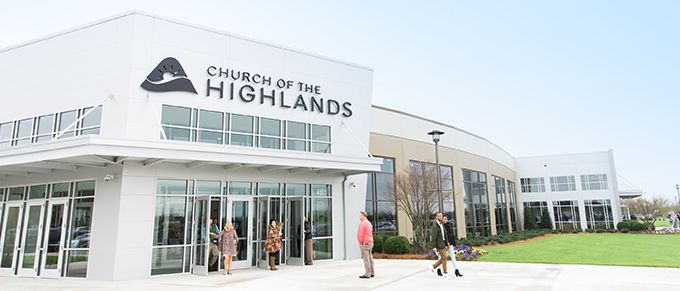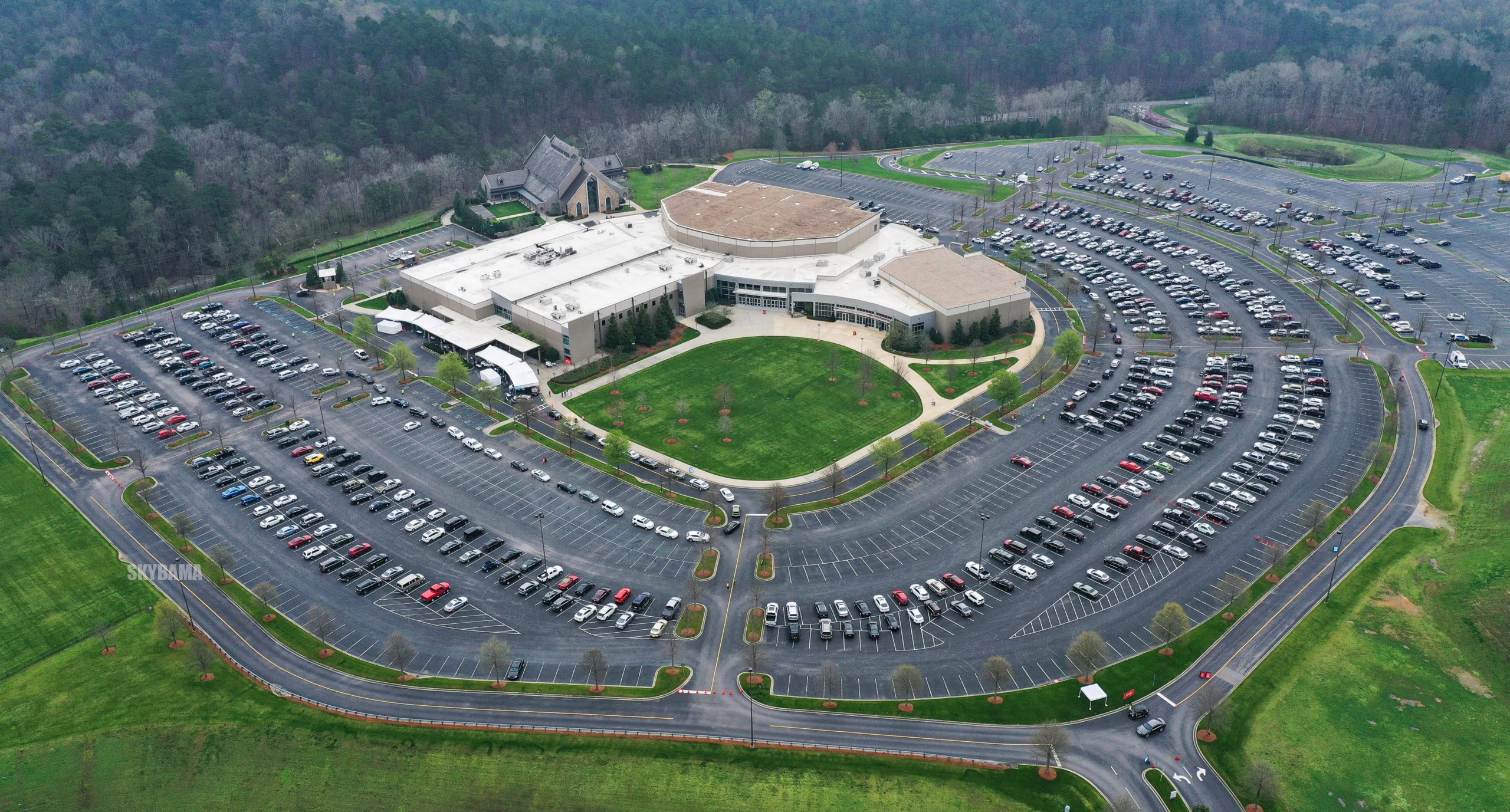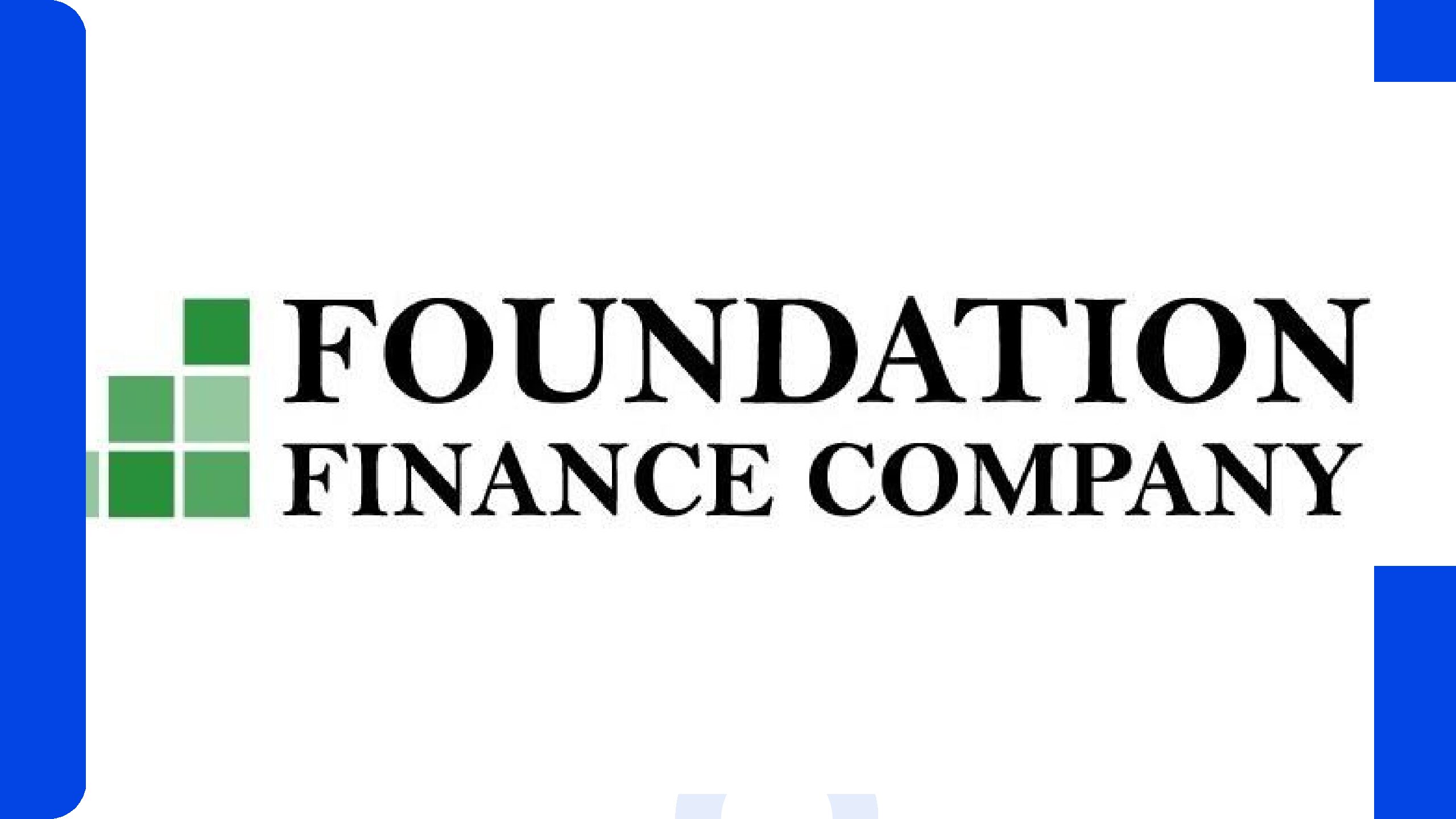Unveiling the Layers: A Deep Dive into the Church of the Highlands

Introduction
The Church of the Highlands has been a significant presence in the religious landscape of the United States, particularly known for its expansive reach and community involvement. As one of the largest megachurches in the country, its influence spans various aspects of social and spiritual life. However, like any large organization, it has not been without controversy and scrutiny. This comprehensive exploration aims to shed light on various dimensions of the Church of the Highlands, from its foundational beliefs and practices to the criticisms and controversies it has faced over the years.
Foundational Beliefs and Practices
The Core Philosophy

At its core, the Church of the Highlands espouses a Christian faith centered around the evangelical tradition. Founded in the early 2000s by Pastor Chris Hodges, the church emphasizes a personal relationship with Jesus Christ, the authority of the Bible, and the importance of community in spiritual growth. Its services are known for their contemporary style, featuring modern worship music and technology-driven presentations, which attract a diverse congregation of thousands each week.
Growth and Community Outreach
From its humble beginnings, the Church of the Highlands has experienced rapid growth, boasting multiple campuses across several states. This expansion is not just physical but also extends into various community outreach programs. The church runs numerous social initiatives ranging from health clinics and prison ministries to programs aimed at combating addiction and homelessness. These efforts reflect its commitment to practical Christianity, where faith meets action.
Educational and Leadership Training
Education plays a pivotal role in the church’s strategy to foster leadership. The Highlands College is an extension of the church’s mission to prepare future leaders for ministry work. Offering courses in theology, ministry, and leadership, the college equips students with the skills necessary to serve effectively in various capacities within the church and beyond.
Controversies and Criticisms
Financial Transparency
One of the most common criticisms faced by megachurches like the Church of the Highlands is the lack of financial transparency. Critics argue that with the church handling millions of dollars in donations annually, there should be a more detailed disclosure of how funds are allocated and spent. This transparency is crucial not only for accountability but also for maintaining trust within the congregation and with the public.
Leadership and Governance Issues
The governance structure of the church has also been a point of contention. The power concentrated in the hands of a few, particularly the founding pastor and the senior leadership team, raises questions about accountability and democratic governance within the church. Issues such as these are significant, considering the impact of church decisions on the lives of its members and the communities it serves.
Social and Theological Stances
The Church of the Highlands has faced backlash over its stances on various social issues, including marriage, sexuality, and racial justice. The church’s conservative theological views have sometimes been at odds with progressive societal trends, leading to public debates and internal discord among members. Additionally, the church’s response to societal issues, such as racial justice movements, has been seen as inadequate by critics who urge a more active stance in combating social inequalities.
The Future of the Church of the Highlands
Adapting to Change
As society evolves, the Church of the Highlands faces the challenge of adapting its ministries and teachings to remain relevant and effective in its mission. This involves not only reevaluating its theological and social stances but also innovating its outreach and educational programs to meet the changing needs of its congregation and community.
Expanding Its Reach
Despite the controversies, the church continues to plan for expansion. With new campuses and increased online presence, the Church of the Highlands is looking to widen its influence both domestically and internationally. This expansion is accompanied by a strategic focus on digital ministry, recognizing the growing importance of the internet and social media in religious and community engagement.
Strengthening Community Ties
Lastly, strengthening its relationship with the local communities remains a priority. By addressing the critiques and working transparently, the church aims to foster stronger bonds and more profound respect among its members and with the broader public. This effort is seen as essential for its long-term success and sustainability.
Conclusion
The Church of the Highlands stands as a formidable entity in modern Christianity, marked by both its significant achievements and notable controversies. As it navigates the complexities of faith, leadership, and community service, it continues to play a pivotal role in shaping the religious and social landscapes. This exploration has attempted to present a balanced view, acknowledging both the strengths and areas of concern, providing a comprehensive picture of a dynamic church in action.





